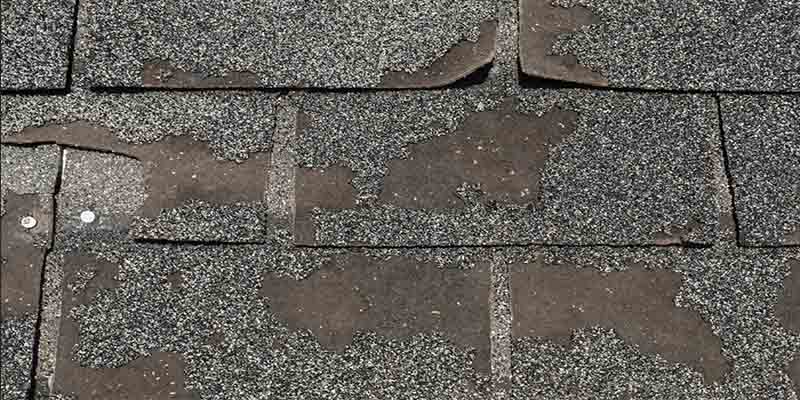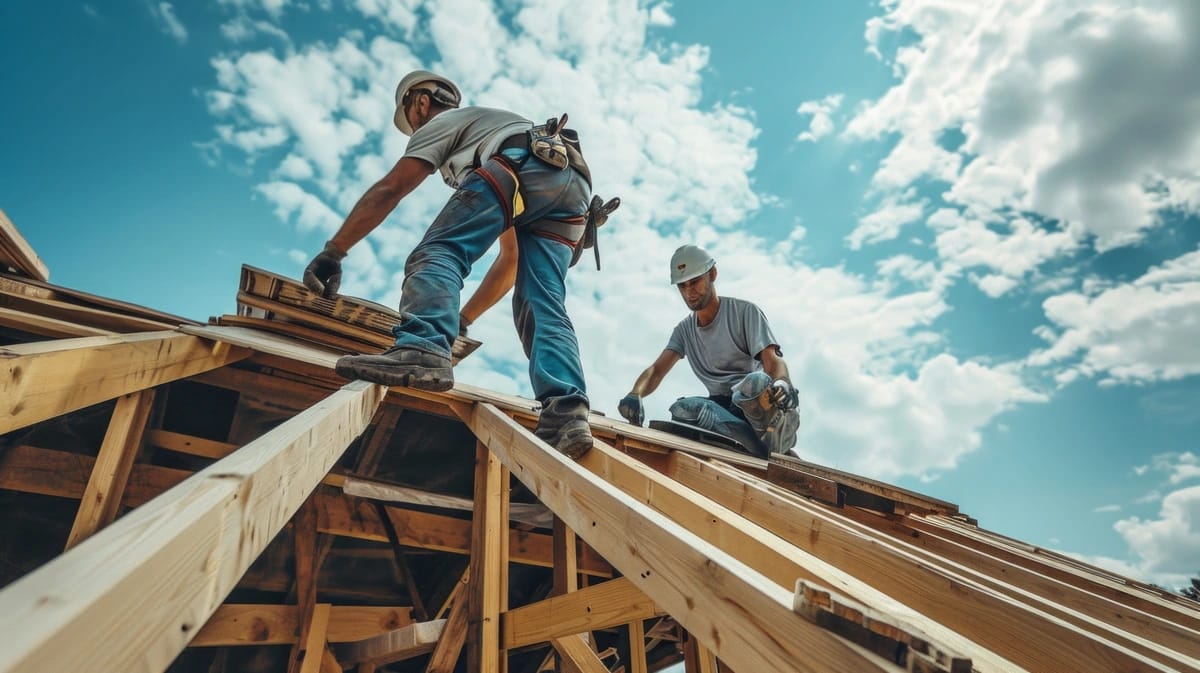Roof Repair Oahu: Quick and Affordable Roof Deals With Near You
Roof Repair Oahu: Quick and Affordable Roof Deals With Near You
Blog Article
A Property owner's Overview to Kind of Roofs: Selecting the Right Style for Your Requirements

Popular Roof Covering Styles
When it comes to selecting a roof style, homeowners frequently weigh their options carefully to ensure both aesthetic allure and capability. Amongst the most popular styles are the gable, hip, and level roofs, each offering visual qualities and distinct advantages.
Gable roof coverings, identified by their triangular form, are favored for their easy design and reliable water drain. This style is particularly fit for areas with heavy rainfall or snow, as it decreases the danger of water pooling.
Hip roofs, which incline on all four sides, supply extra stability and durability, making them an excellent selection for locations vulnerable to high winds. Their building complexity enables greater style versatility and can enhance the overall curb allure of a home.
Level roofing systems offer a modern-day aesthetic and optimize usable exterior area, making them preferred for metropolitan settings. While they need more maintenance to prevent water buildup, their sleek appearance can complement modern architecture.
Eventually, the choice of roofing style must reflect the house owner's individual taste while taking into consideration elements such as neighborhood climate, architectural layout, and potential resale value. Each design adds distinctively to a home's total character and efficiency.

Product Options
Picking the suitable roofing product is equally as important as choosing the best style, as it substantially influences the roof's sturdiness, upkeep needs, and total visual. roofers oahu. Property owners have a range of options to consider, each with unique advantages and downsides


Metal roof covering supplies extraordinary sturdiness and longevity, frequently surpassing 50 years, while likewise being lightweight and immune to fire and rot. Steel roofing systems can be more pricey upfront.
Clay and concrete tiles offer a timeless look and remarkable life expectancy but need a durable structure because of their weight. These products are resistant and very long lasting to severe climate condition. Timber shakes give a rustic visual yet demand normal upkeep to avoid rot and insect damage.
Last but not least, synthetic roof covering products, such as rubber or plastic composites, imitate the appearance of typical materials while being low-maintenance and lightweight. Eventually, the selection of roof covering material should align with the house owner's spending plan, wanted lifespan, and maintenance preferences, guaranteeing an appropriate match for their certain demands.
Power Performance Factors To Consider
Power performance plays an essential role in the overall performance of a roof, affecting both environmental sustainability and property owner utility expenses. When selecting a roofing system, it is necessary to think about materials and styles that enhance energy performance. For example, reflective roof covering products, typically described as "great roof coverings," can dramatically lower warm absorption, reducing indoor temperatures and reducing the demand for a/c.
Furthermore, the roofing's color and slope can affect its energy performance. Lighter shades commonly mirror a lot more sunlight, while steeply pitched roof coverings promote much better airflow, lowering warm buildup - roofers oahu. Insulation additionally plays a crucial duty; a well-insulated roof covering can stop heat loss in winter months and keep insides cooler in summertime, thus boosting energy financial savings
Furthermore, integrating energy-efficient roof options with photovoltaic panels can even more lower energy prices and reliance on nonrenewable sources. Homeowners need to also take into consideration local environment conditions when selecting roof covering materials and designs, as these factors straight influence energy usage.
Upkeep Demands
The long life and performance of a roof are discover this info here significantly influenced by the upkeep requirements connected with its design and materials. Different roof kinds necessitate varying levels of upkeep, which can affect both the homeowner's time and budget plan.
Regular cleaning of rain gutters is essential to protect against water damages and lengthen the roofing system's life-span. These roofings likewise profit from cleaning up to preserve visual charm and capability.
Tile roofs, understood for their long life, demand much less constant maintenance but require careful assessment and replacement of damaged tiles. Flat roofs, although supplying modern-day visual appeals, typically require more focus; they call for normal assessment for merging water and debris elimination to avoid leaks.
Inevitably, comprehending the maintenance requirements related to various roof styles makes it possible for house owners to make informed choices, making sure the chosen roof lines up with their way of life and commitment to upkeep. Prioritizing upkeep will enhance the roofing system's performance and expand its life span, supplying satisfaction for several years to find.
Influence On Resale Value
When considering a brand-new roofing style, home owners should identify that the option can substantially affect the residential or commercial property's resale worth. An appropriate roofing system not only enhances visual allure yet likewise signals to potential purchasers that the home is properly maintained and structurally noise. Different roofing materials and styles lug varying degrees of value in the real estate market.
As an example, asphalt shingles are popular due to their price and large array of colors, often interesting budget-conscious buyers. Alternatively, a metal roof, while extra expensive in advance, offers long life and energy performance, which can bring in customers searching for low maintenance and sustainability. Furthermore, distinct designs such as slate or ceramic tile can include a touch of high-end, potentially boosting the residential or commercial property's worth in high end markets.
Regional choices likewise play an essential role; homes in areas with hefty snowfall may profit from steeply pitched roof coverings, while coastal regions might prefer sturdy materials immune to saltwater deterioration (roofers oahu). Eventually, homeowners should consider both aesthetic charm and practical benefits when selecting a roof. A thoughtful choice guarantees that the financial investment not just fulfills personal demands however additionally boosts the property's bankability and resale possibility
Final Thought
In conclusion, picking the appropriate roofing system design necessitates a careful assessment of various factors, consisting of regional environment, building layout, and upkeep demands. Each roof alternative, whether it be gable, hip, or level, possesses distinct benefits and drawbacks that influence power efficiency and potential resale worth. Ultimately, an educated choice see this page relating to roofing selection can improve the visual charm, performance, and durability of a home, guaranteeing it stays an important asset for many years to find.
Selecting More Bonuses the appropriate roofing system design for your home is a critical decision that can substantially influence both aesthetics and performance. While gable roofings stand out in water drain, hip roofing systems might use higher durability against wind.When considering a brand-new roof covering style, home owners should acknowledge that the selection can dramatically affect the residential or commercial property's resale value. Eventually, property owners ought to consider both aesthetic allure and sensible benefits when picking a roofing.In conclusion, picking the ideal roof covering style demands a mindful examination of different aspects, consisting of local climate, building style, and upkeep demands.
Report this page